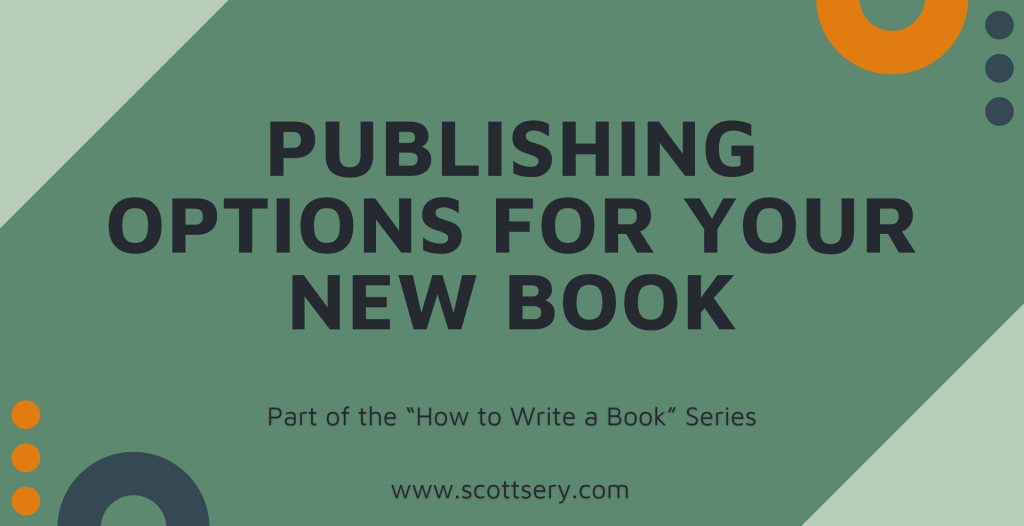
This is a part of the How to Write a Book series, check out the rest of the parts when you’re done here.
Traditional, Self, Hybrid, or… Other?
Remember back to the days of when you had a big essay due for a class. It was probably something like 5 pages, maybe 1,000 or 1,500 words, and you slogged your way through it. It wore on you, loomed over you, and you finally finished it. Remember that feeling you got when it was all done? The weight lifted off your shoulders, the freedom, the sense of accomplishment?
That’s a bit how it feels when you’re done writing your book, but a whole lot more. Instead of 1,000 words, you just created a manuscript of 50,000 words. It’s quite the accomplishment to have the discipline to get that done. But now what?
What do you do with that big old word document? Side note, I saw a poll recently and a significant number of people compose their books on their phones. That just sounds bizarre to me, but whatever gets the job done, I guess.
Of course no matter how you compose the book, you still need to get it off to publication. And you have 2 different approaches – or perhaps a third if you combine a little of the two. Each has their perks and pitfalls and it comes down to how much it will cost, how fast you want it done, how much control you desire, and in the end, what sort of credibility will the book provide you?
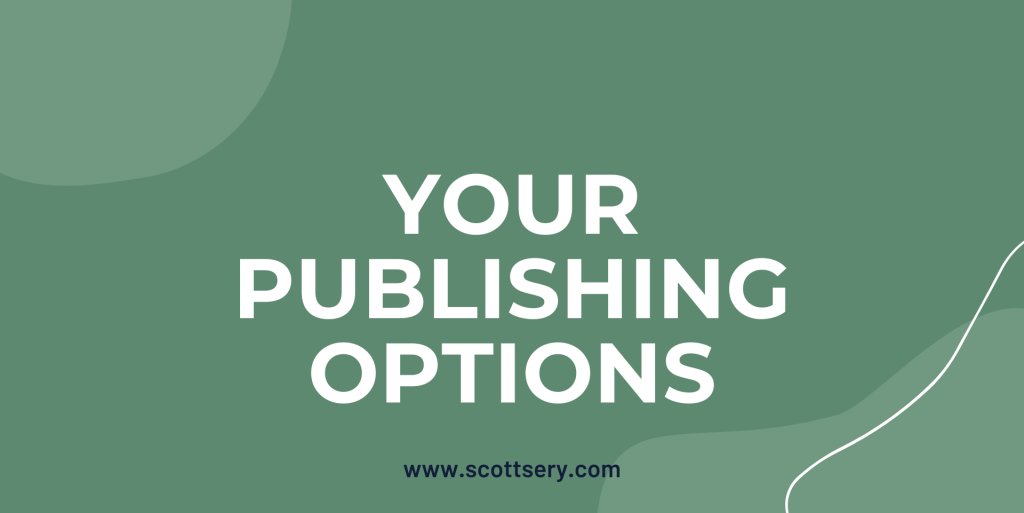
A Quick Overview of Publishing Options
Here’s the quick and dirty of it all. Your three options are:
Self-Publishing – This option has been around for a long time, but since Amazon and Barnes & Noble opened this up to literally anyone, it’s a much more accessible option. You own everything, you manage everything, and you get control of everything.
Traditional Publishing – A publishing house buys the rights to your book, and then they handle production, marketing, and managing it all.
Hybrid Publishing – A bit of a mixture of both worlds, where you hire a professional to publish the book for you, or at least to guide you through the publishing process.
Many authors assume that traditional publishing is the best method, since you get you don’t have to worry about as much. But that’s really not true, there are many factors that go into deciding which method you’ll take.

Taking the Self-Publishing Route
Most new authors will self-publish their book. The big reason: there are no gatekeepers here. It’s an immediate path from your manuscript to your market. And now there are three big players that will help get you there.
Amazon KDP – Kindle Direct Publishing is Amazon’s book publishing arm. And it’s not just limited to Kindle. Amazon accounts for over 50% of all new book sales in the USA, and dominates the e-book market with 83% of e-books flowing through that platform. The reach beyond the US market is a little lower, but still big enough. KDP is the absolute powerhouse of distribution for books.
IngramSpark – Is a great method for printing copies of your book. Similar to how Amazon works, you can purchase wholesale orders of your book, helping reduce costs for keeping inventory. They have a huge distribution network and offer high-quality printing.
Barnes & Noble – Most people know Barnes & Noble as a bookstore, but they offer publishing services as well. Just like Amazon has the Kindle, B&N has the Nook. A wide reach and a different audience than those who focus on Amazon means this is a great place to publish and get discovered.
You can actually publish through all three of these areas to increase your reach and help even more people find your book. Keep in mind, though, that self-publishing doesn’t mean you did all the work yourself. Most authors still hire editors, designers, and marketers to tighten up the book and ensure quality.
Advantages of Self-Publishing
There are some big perks to self-publishing that go far beyond just the accessibility of it (which by itself is probably the major deciding factor for most authors). Other perks include:
- Maintaining creative control over your book. You get to decide what goes on the cover, the final title, the layout of the book, pricing, and tone. It’s your book, you own the rights, you get to make it all happen.
- Get from manuscript to market faster. Once the book is written, it’s just a few weeks to get a published copy in your hands.
- Earn more from book sales. You can expect to make 30% – 60% of each book sale, and 75% of the e-book sales. This translates to between $.50 and $8 depending on the format with hardcover earning the least per copy sold.
- Lower risk for the author. Print-on-demand has revolutionized the book industry where you don’t have to sit around with a garage full of books hoping that you will be able to sell them.
The biggest deciding factors will ultimately come down to your goals. However, the fact that anyone can self-publish, maintaining full rights, and the speed means that most authors choose this route. It’s not without its downsides though.
Disadvantages of Self-Publishing
The perks are great, but they have to be carefully balanced with the pitfalls. Including:
- Higher up-front costs. Authors have to pay for editing, design, formatting, ISBNS, and marketing. These can add up, and could push the book into the realm of not earning them any money.
- You’re in charge of everything. You have to act as the publisher, the manager, the marketing department, and more. Writers wanna write, but authors are often thrust into roles they don’t much care for.
- The credibility gap is real. While it’s not as much of an issue as it was 25 years ago, self-publishing can be less credible. Since anyone can do it, there’s no checks and balances to ensure what is produced wouldn’t be considered “junk.” However, the time and dedication were still put in, and that itself establishes trust and authority.
What Does it Cost to Self-Publish a Book?
Costs have a huge range. It’s one of those things that you can’t give an exact number on how much it will cost to self-publish your book, because it all depends on what work you hire out, and what work you do on your own. It can be as cheap as just a couple hundred dollars (one ISBN is $125 – you’ll need 3 if you publish a hardcover, a paperback, and an e-book version) all the way up to a few thousand dollars.
Here’s roughly what you can expect for costs as of the end of 2025.
ISBN – $295 for a 10 pack
Editor – $.01 to $.04 per word
Design – $1,500
Any additional guidance that you purchase, such as a publication coach or guide, can add to this. I highly recommend you go with a trusted editor and designer instead of trying to do these things on your own. But if you use your book the right way, you’ll be able to recoup the costs through speaking gigs, consulting jobs, and new clients that you attract.
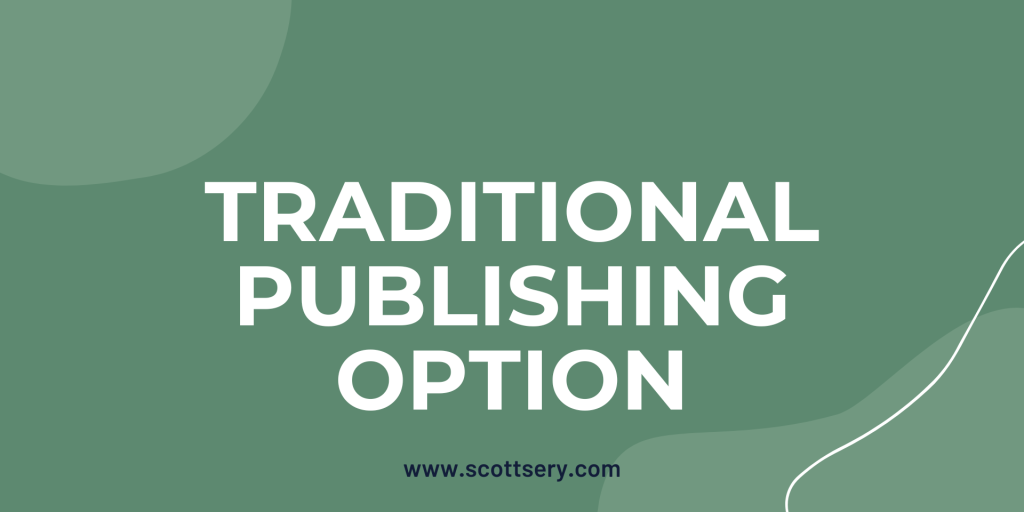
Taking the Traditional Publishing Approach
This can be referred to as the “Prestige Route” as being published by a big-name traditional publisher means you were vetted against thousands of other writers, and they chose your book to represent their name. In certain circles, this comes with higher credibility (although it’s not really that important most of the time). You get a built-in support team (no chasing down your own editors and designers), and there are fewer up-front costs. It sounds great, and there are certain advantages. But it’s not all bells, whistles, rainbows, and butterflies.
Advantages to Traditional Publishing
The biggest perks of traditional publishing are they have everything you need, right there in house. Most authors that are published this way are awarded the contract before the manuscript is even complete. As it nears completion, you get to tap into the professional resources including:
Developmental Editors – This ensures your book flows properly, characters are developed the right way, and there aren’t inconsistencies.
Copy Editors – These folks will make sure your grammar is impeccable, spelling is correct, and all the other things you got dinged on in tenth grade English class because of picky picky Mrs. Rice.
Designers – Your designer will not only make the cover, spine, and back look great, they’ll also format the book properly for hardcover, paperback, and e-book.
Distribution – Distribution and marketing are a whole other ballgame when it comes to your books. Traditional publishing companies have relationships built and can quickly get the word out.
And finally, the most appealing aspect perhaps, is that you don’t have to worry about paying for all of these production costs, because the publishing company is going to get it all done for you. You do, however, pay for it with the disadvantages of going this route.
Disadvantages to Traditional Publishing
Traditional publishing is highly competitive. It used to be very competitive, and not it’s incredibly competitive. Once upon a time, you could send a completed manuscript to a publishing company, and they would read it and say yes or no. That’s not exactly how it works anymore. Now, you can submit queries, but most publishers won’t give you a second thought unless you come highly recommended (usually from an agent which is tough to land). There are, a few more downsides too.
Time – Querying agents and publishers takes a lot of time, and it can take months or years before you get a yes (if one answers at all).
Creative Control – Title, cover design, and even the content of your book can be changed without your consent.
Royalties – The publishing company has to earn their money back, so your royalties can be significantly lower.
Network – Many publishers have a requirement that you come to them with a huge network already (think along the lines of hundreds of thousands of connections).
When it’s all said and done, if you have a network that vast, there’s no need to rely on a publisher because you’d make more money from book sales through your own marketing efforts. But if less of your time spent is the goal, then this might be a viable route.
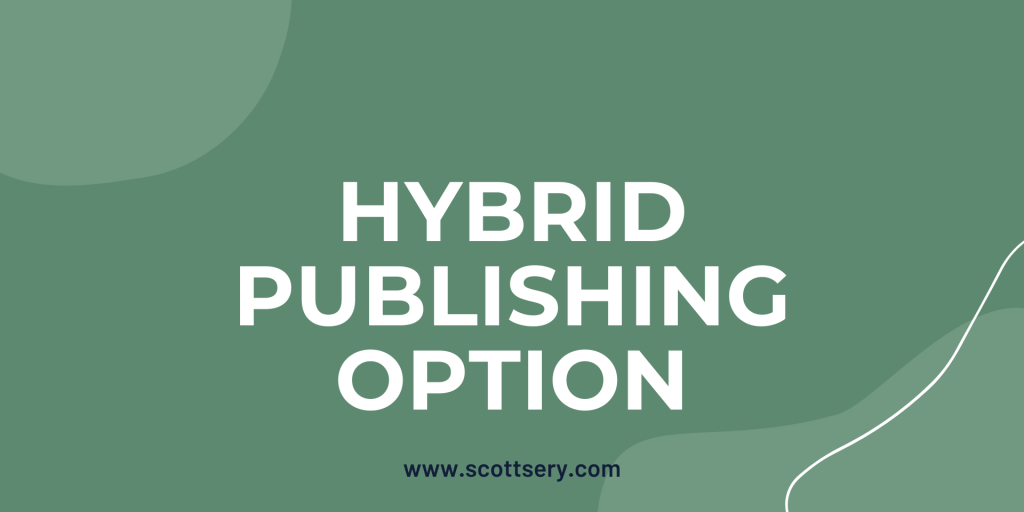
Taking the Hybrid Publishing Route
The third option isn’t really combining the two different routes; it’s technically still self-publishing. The difference is that you’re not on the hook to do it all yourself. You essentially hire a mini-publishing team and get expert guidance to get you through the hard stuff.
Advantages of Hybrid Publishing
The biggest perk is that you get most of the work done-for-you. You write the manuscript (actually, you don’t even have to do that, you could hire me as your ghostwriter to do even that part of it). That includes:
ISBN Purchasing – You still need to snag your own, so that it’s completely registered to you, but you get guidance on exactly how to do that and ensure you don’t get scammed.
Editing – Some publishing guides have them on staff; others have a pool of trusted editors they can tap into.
Design and Formatting – No need to find your own designer, just use one of the trusted experts your guide already knows.
Uploading Your Work – When everything is edited, designed, and ready, you get help ensuring things are uploaded properly.
Distribution and Marketing – Most aren’t going to do it for you, but they can guide you and instruct you on what to do and how to ensure your methods are the most effective.
Control – Unlike traditional publishing, where you have to give up some of the rights, you keep them all in the hybrid model – the same way you would when self-publishing.
Disadvantages of Hybrid Publishing
There aren’t many disadvantages to hybrid publishing, but there are some things to keep in mind as you go into this.
Cost – It can get expensive, depending on how many services they provide. You are probably looking at $6,000 to $20,000 (or more if you use a ghostwriter too).
Quality – Just like any industry, not all hybrid publishers are created equal. Some are sleazy, but stay legal. Others just aren’t any good at their job.
Vanity – Technically vanity press isn’t new, illegal, or even bad. However, these days a vanity publisher will promise things like bestseller, bookstore placement, or some other big perk that usually comes with a big name or a high cost.
And above all, no matter how you go about this, make sure to use reputable sources. There are a lot of scammers in the publishing world, they know that authors are often limited on funds, and they promise to do a job for cheap… then they disappear taking your money with them.
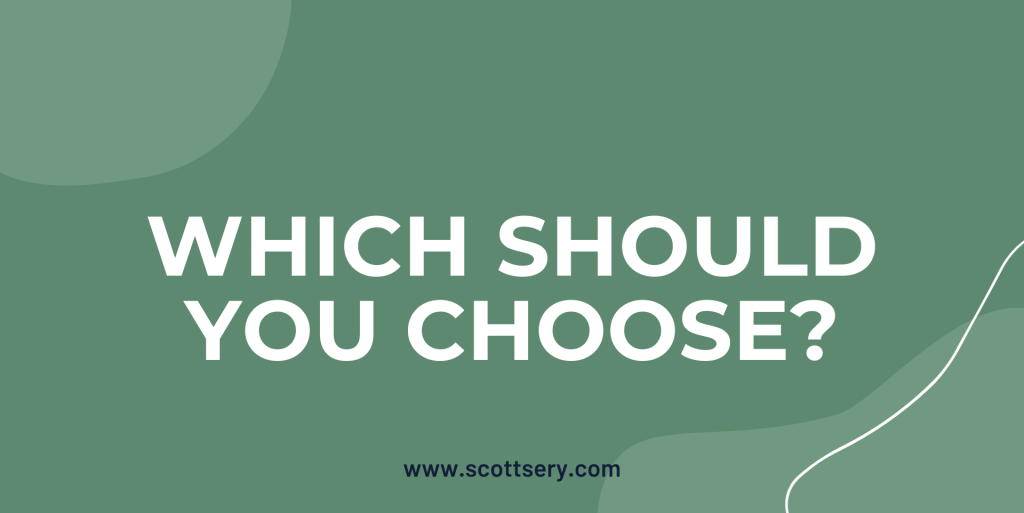
Your Book, Your Path, Your Goals
So, which method is right for you? It’s hard to say exactly, but most likely you’re going to fall into the self-publishing or the hybrid publishing option. Both of these are going to give you maximum control of your book, and keep your out-of-pocket costs to a minimum. So, what it boils down to is your budget.
Do you want to have it done for you, but pay a little more? Then a publishing company that does the self-publishing work for you is the best option.
Are you short on funds, but you have a little more time? Then self-publishing is your route.
Remember, there’s no wrong way to go about this. The end result is largely all the same: you are a published author, with the authority and credibility that goes along with being one of the small percentage of people that took the time to write a book.
Here’s something to keep in mind, too. There’s a ton of information out there on the internet, and you can search around and try to find it all on your own. Or, you can opt for a relatively low-cost option that gives you expert guidance by learning how to get it done. If that sounds like what you’re after, sign up for the Author’s Mastery Academy, where you get help from a published author on how to write, publish, and market your book. Just click the big button below to sign up.
Unless you need more information before you dive in. Why not schedule a free 30-minute consultation with me? Just choose a time that works well with your schedule.
